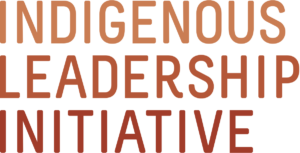Blog

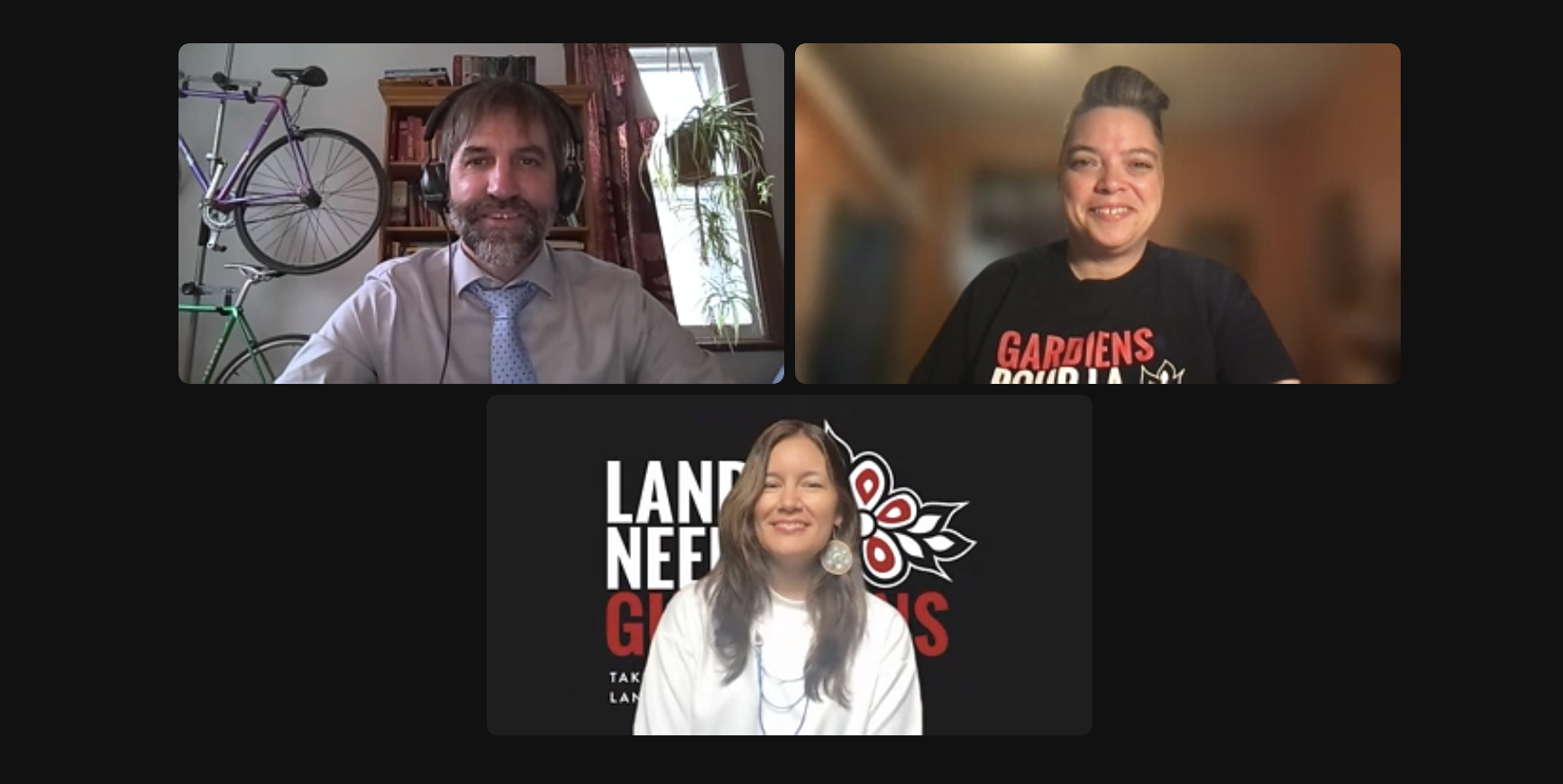
ECCC Minister Talks with ILI Leaders about Guardians & Indigenous-led Conservation
Environment and Climate Change Canada Minister Steven Guilbeault interviewed Valérie Courtois and Dahti Tsetso on National Indigenous Peoples Day. “We are facing climate change and loss in biodiversity. The solutions Guardians and Indigenous knowledge systems offer are needed now more than ever,” said Tsetso.
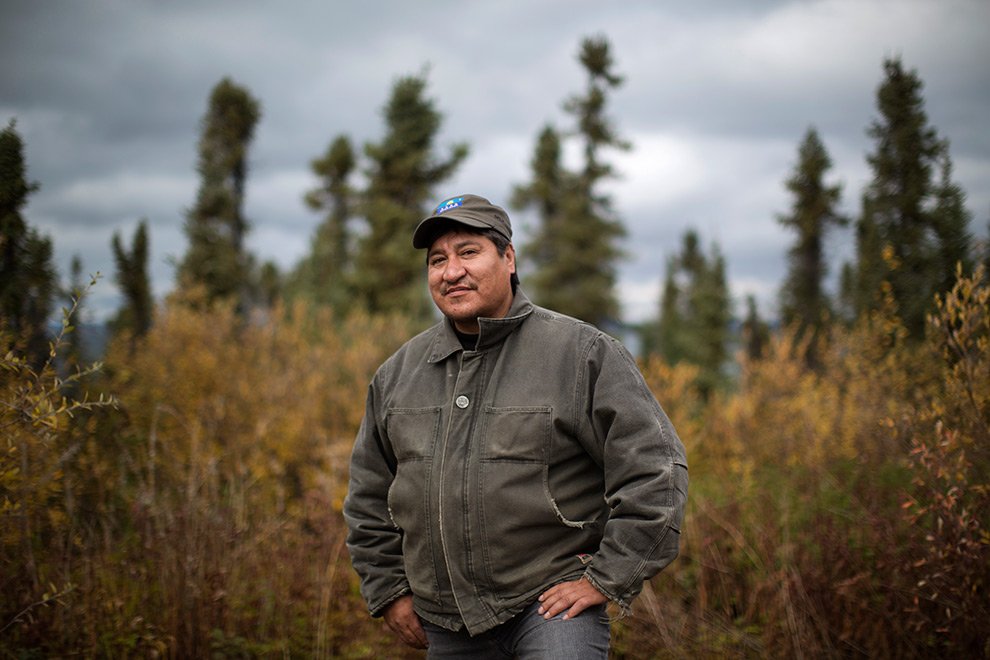
Exciting New Chapter for ILI Senior Leader Steven Nitah
The ILI team is grateful for Steven’s leadership over the past several years, and we are pleased he will continue to be a partner in the shared work of enabling Indigenous-led conservation and stewardship in his new role at Nature for Justice.
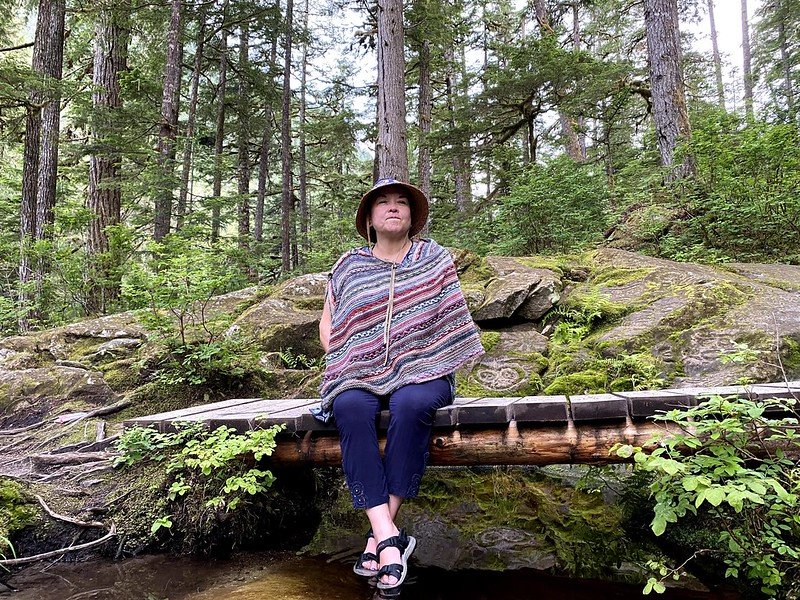
Indigenous Women Leading on the Land
Indigenous women have been caring for our people, lands, and waters for millennia. That tradition continues in the modern guardianship movement. Of the 23 proposed Indigenous Protected and Conserved Areas that ILI partners on, two-thirds are led by women. Nearly half of the over 80 existing Indigenous Guardians programs in the country are led by women.
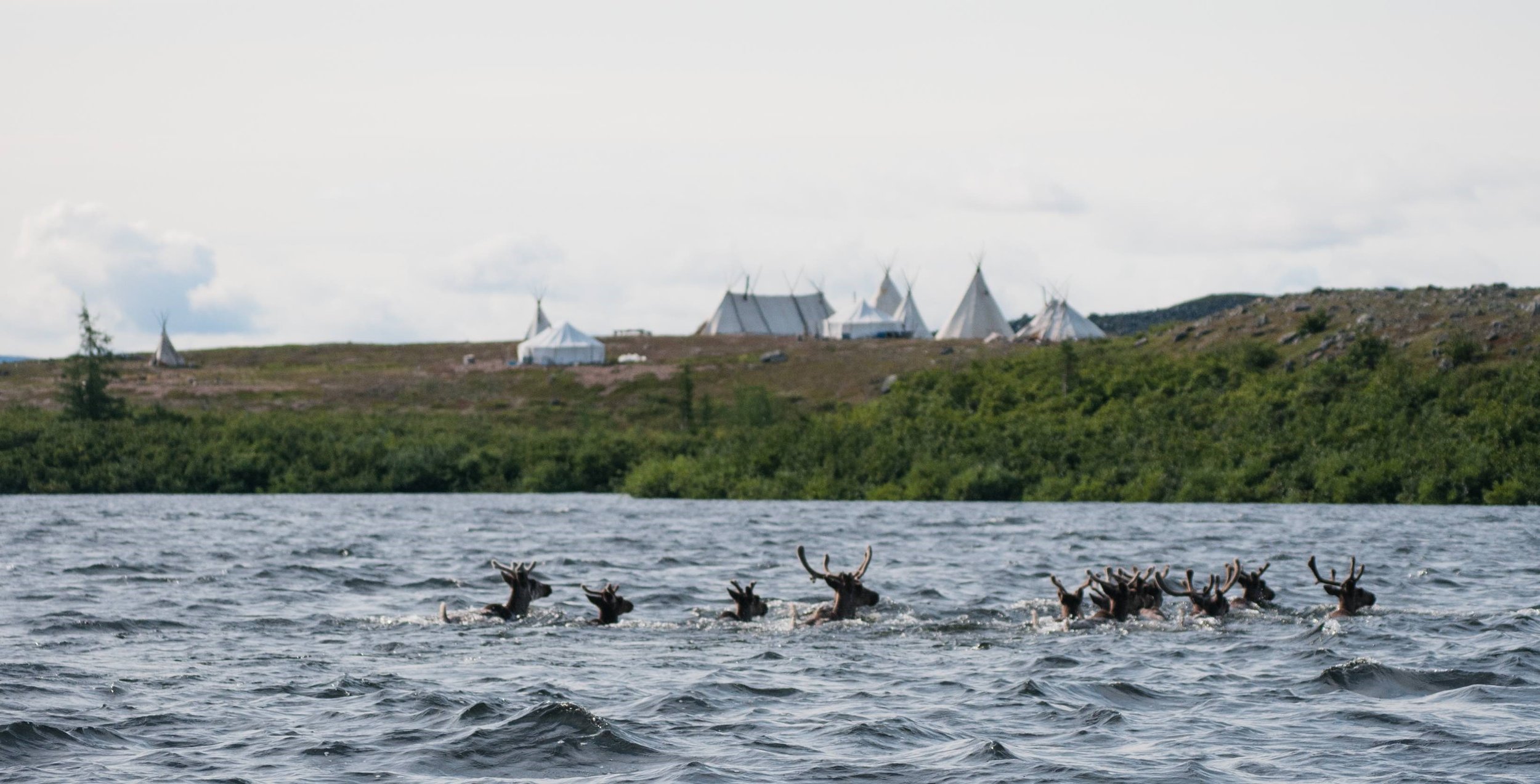
Cree & Innu Sign Historic Caribou Agreement in Spirit of Sharing and Respect
The Cree and Innu have been friends since time immemorial. This agreement is us taking responsibility for our shared relationship with the caribou. When we take care of each other’s hunger, it is a show of respect. When we share in a good way, the Caribou Master will provide.

Innovative Partnership Will Produce Indigenous-led Series about Indigenous Guardians
The Indigenous Leadership Initiative is proud to announce a partnership with the Royal Canadian Geographic Society to produce a documentary series about Indigenous Guardians. The series will be led by Indigenous creatives and build on the important work underway in the Indigenous filmmaking community around protocols and pathways.
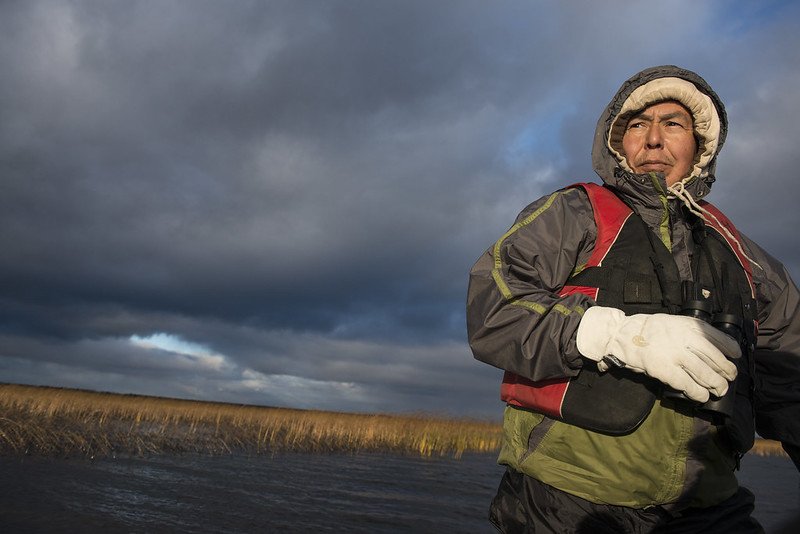
Indigenous Peoples on Frontline of Climate Impacts & Climate Solutions
Indigenous Peoples have a relationship to the land that can help rebalance the world in the midst of climate chaos. Our stewardship is proven to reduce carbon emissions by sustaining the lands and waters we all depend on.
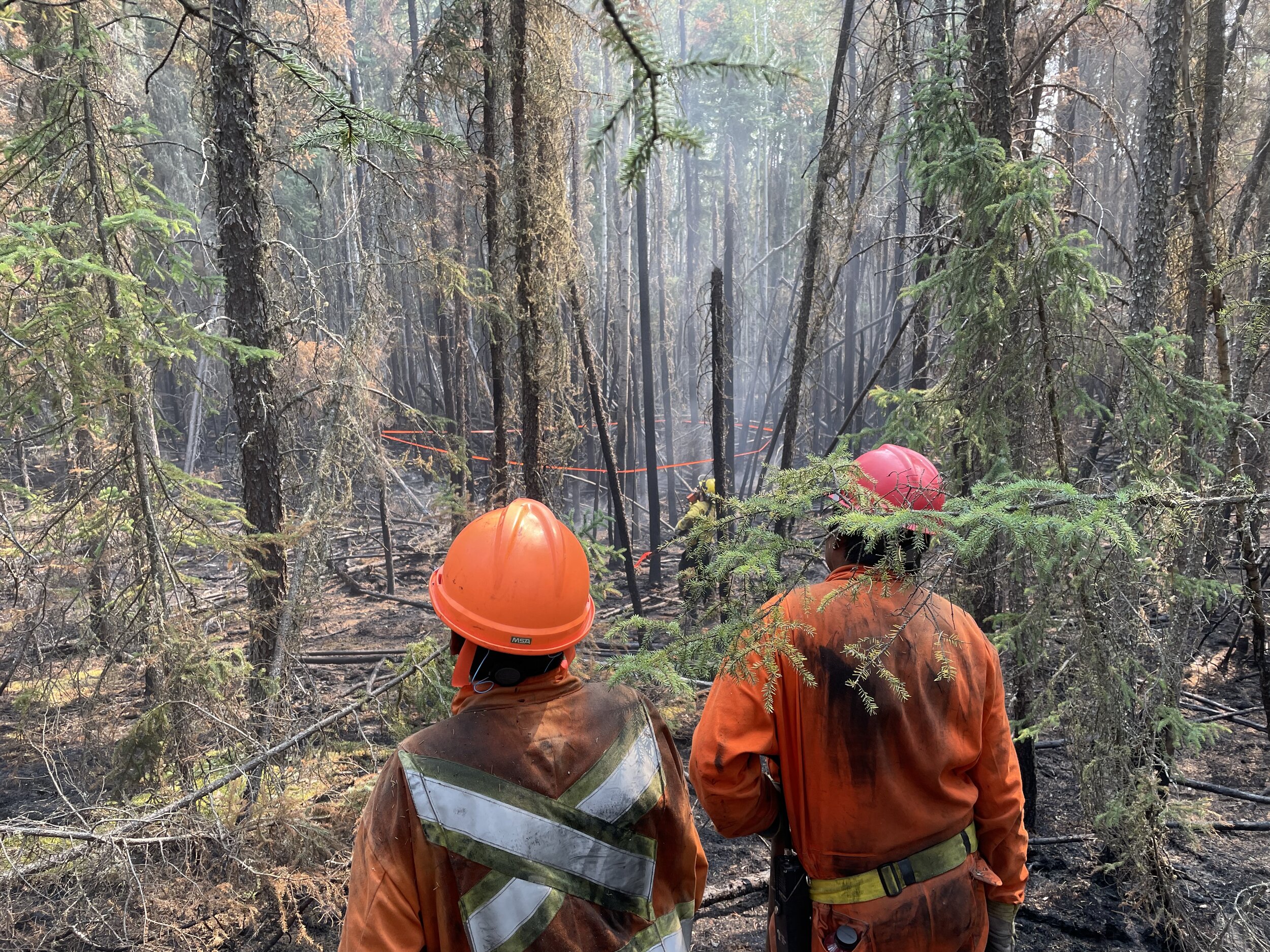
Reciprocity on the Fireline
As I look back on the 2021 fire season, I will remember how each member embodied the ethics I grew up with and carried out their obligation to steward the land every day. With more investment, more First Nations will take the lead on managing and responding to fire.
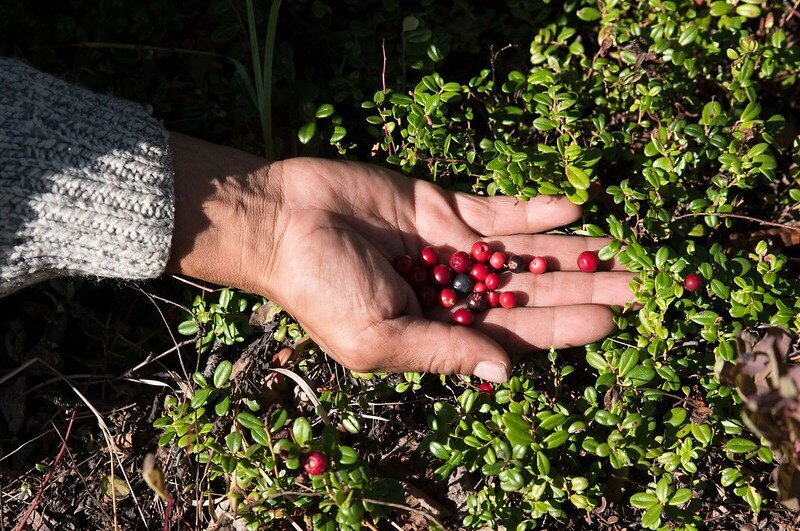
It’s About Relationships: Boreal Plants, Biodiversity, and Indigenous Knowledge
Indigenous Peoples have been in relationship with the plants and animals of the Boreal Forest in Canada for thousands of years – since before time was recorded, as is often said. These relationships are at the center of Indigenous stewardship and the reason the boreal remains the largest intact forest left on the planet.
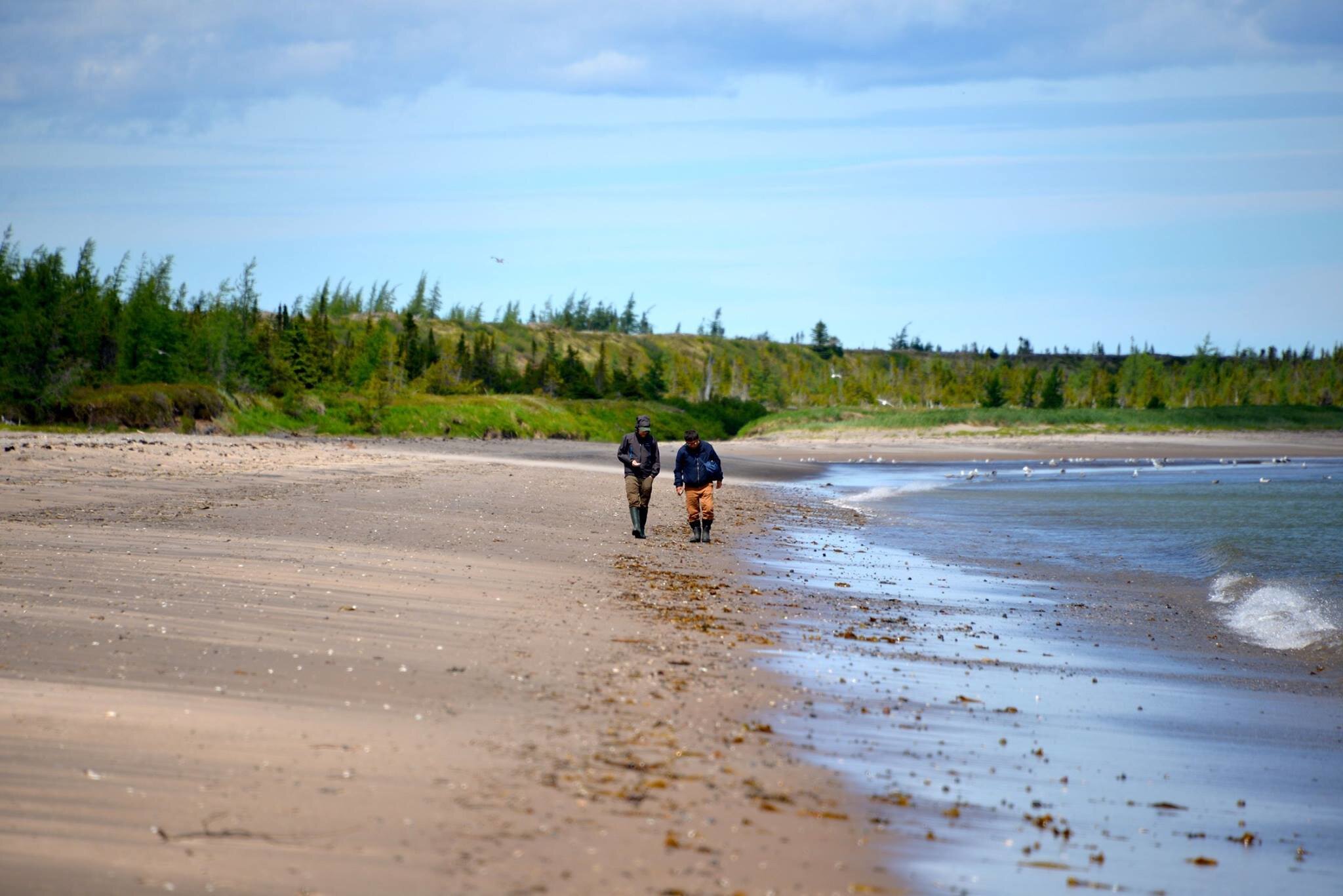
Reconciliation Happens on the Land
True reconciliation requires an honest conversation about the past and present. But reconciliation must also be rooted in the land. It calls for respecting the centrality of the land in healing Indigenous communities and restoring Indigenous Nationhood.
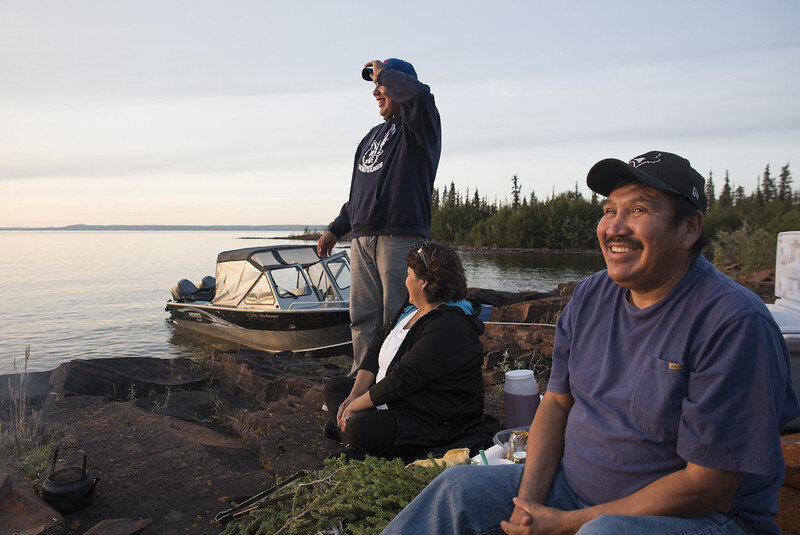
The Biggest Federal Investment Yet in Indigenous-led Conservation
Our Nations have proven time and again that Indigenous-led conservation is good for people and the land. This increased federal funding in IPCAs and Guardians confirms our work is being recognized at the national level. And it means our Nations can continue addressing some of biggest global crises of our time.
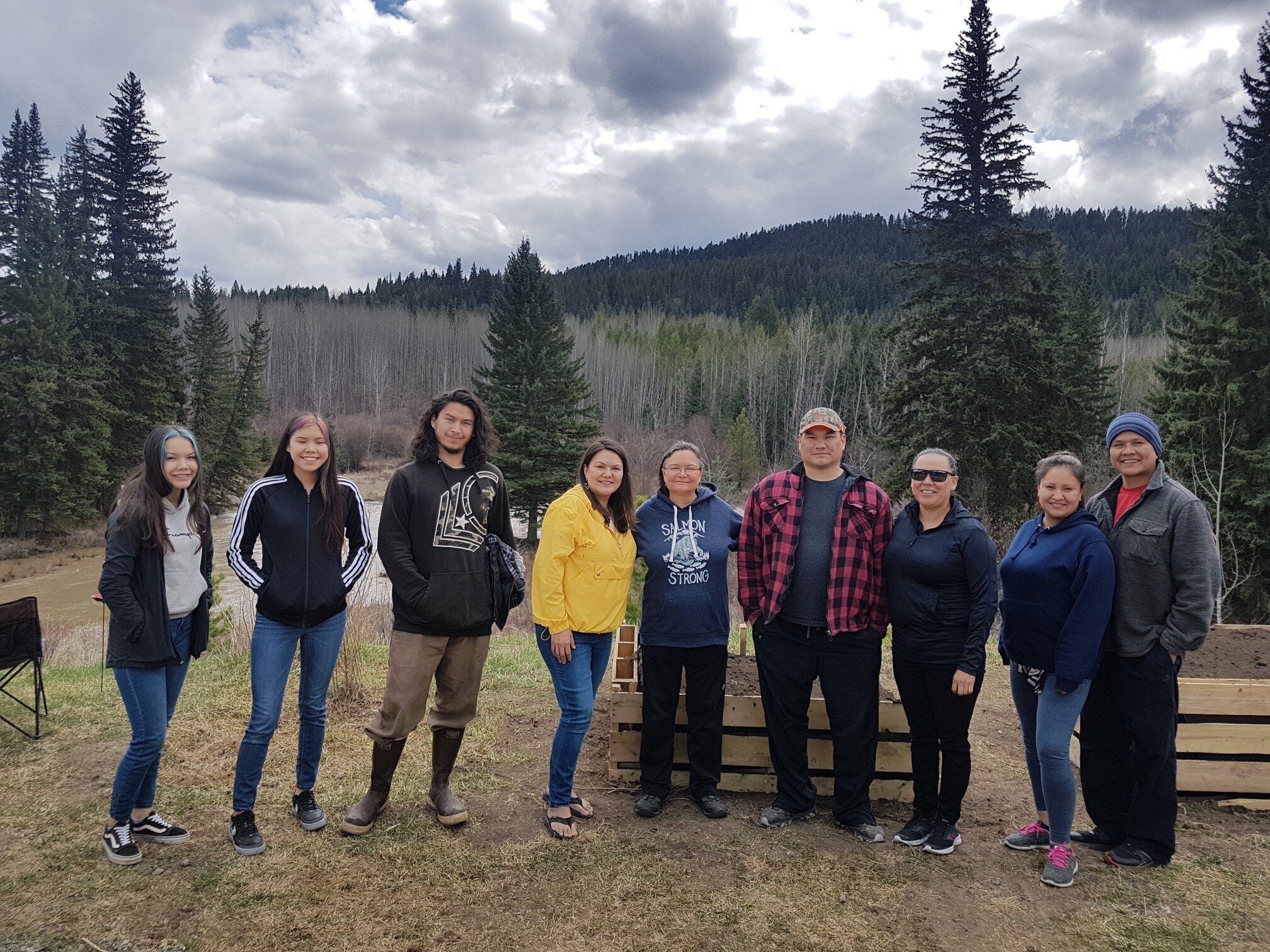
A Love Story
When you love someone or something, you do everything you can to protect them. You fight for them. You nurture them. You interact with them. Love involves care, closeness, protectiveness, attraction, affection, and trust. All of this Indigenous Peoples have felt for their lands, waters and everything in them.
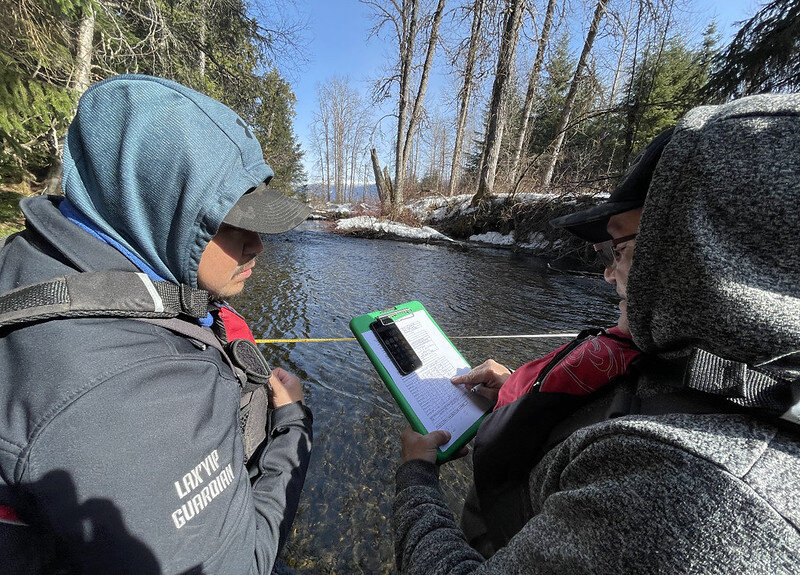
“We Are Stronger Together:” Momentum Builds for Guardians Movement
The First Nations Guardians Gathering 2021 was a celebration of what Guardians do on behalf of our communities, our Nations, and Canada. When you bring hundreds of Guardians together, you can feel the energy and knowledge grow—even over Zoom.
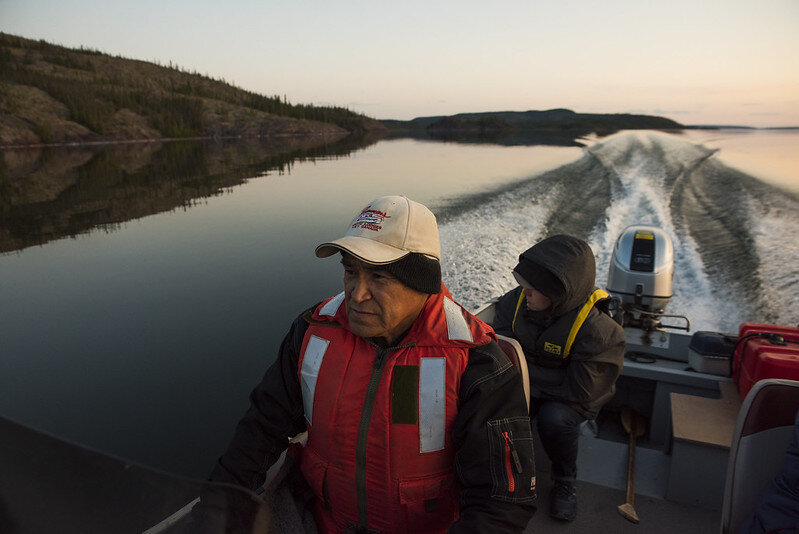
U.S. and Canada Call for Supporting Indigenous-led Conservation
The success of Indigenous-led conservation is gaining visibility at the highest levels of government. Leaders realize that partnerships with Indigenous Nations are essential for countries to achieve their climate and biodiversity goals.
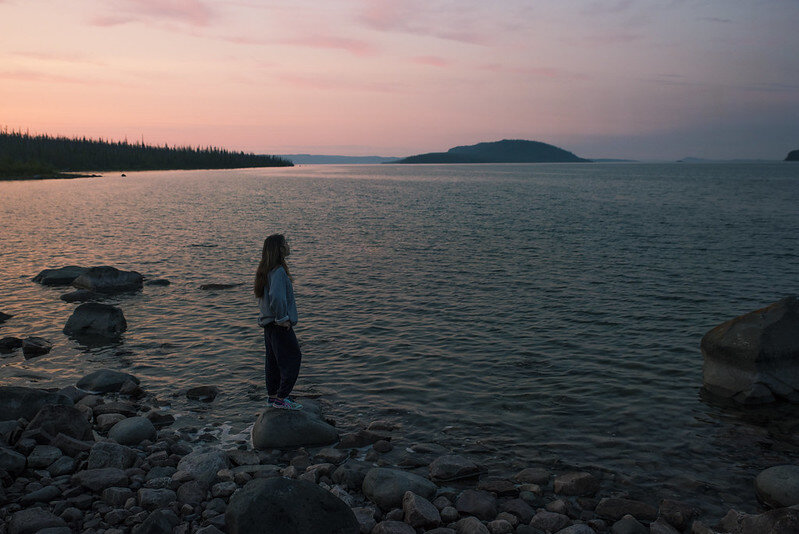
“A Gift to the World:” Insights on Indigenous-led Conservation
At a recent online event hosted by the Indigenous Leadership Initiative, leaders talked about Indigenous stewardship and the benefits it creates for all people. Indigenous leaders on the land, said the Right Honourable Paul Martin, “perform a great service to this country and to all the generations that come.”

Polling Confirms: Canadians Support Indigenous-led Conservation
A recent Probe Research survey found 83% of Manitobans endorse the Seal River Watershed Alliance’s proposal to establish an Indigenous Protected Area. In poll after poll, Canadians have expressed similar support for Indigenous Protected and Conserved Areas, Guardians programs, and other initiatives that reflect Indigenous Peoples’ cultural responsibility to care for lands and waters.
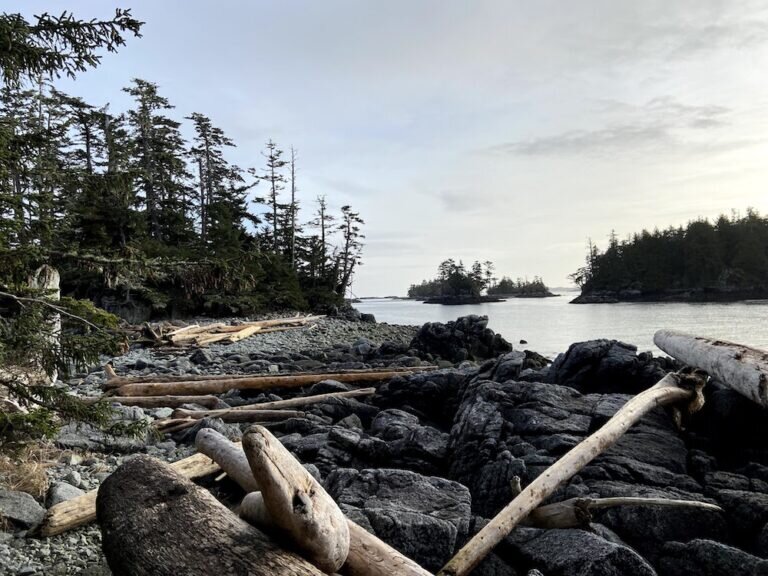
UN Biodiversity Reports Call for Greater Role for Indigenous Peoples
The United Nations released two major reports recognizing the leadership of Indigenous Peoples in sustaining our planet. The reports look at the fragile state of nature. Together they illustrate what place-based peoples have known all along: everything is interrelated. If we burn through natural resources, we undermine our own futures. Yet if we relate to the natural world in a thoughtful way, the beings from the land and water such as herring, salmon, caribou, and moose will remain—not just for us but for generations to come.

New Pride and Healing a Year After Thaidene Nëné Indigenous Protected Area Created
One year ago, the Lutsel K’e Dene First Nation signed an agreement with the Governments of Canada and Northwest Territories to protect 26,376 square kilometres known as the Thaidene Nëné Indigenous Protected Area. We have been busy ever since. The Nation has hired Indigenous Guardians to monitor the area, and we’ve invested over $500,000 in regional businesses to buy boats and research equipment.

New Report Shows Indigenous Guardians Programs Are Good for the Land & People
Summer is a busy time for Indigenous Guardians. Along the eastern shores of Great Slave Lake, the Ni Hat’ni Dene Guardians are testing water quality in wetlands where tens of thousands of migratory birds are raising their young. In the forests of northern BC, Yunesit’ni land guardians are working on traditional fire management in a region devastated by the record-breaking blaze of 2017. And in Georgian Bay, the Anishinabek Traditional Ecological Guardians are monitoring species at risk and climate impacts within a chain of islands that forms a natural corridor for animals.

Building Back Better: Indigenous Stewardship Key to More Resilient Economy
Forests managed by Indigenous Nations have a pivotal role to play in helping Canada build a more sustainable economy in the wake of the pandemic. These forests capture and store vast amounts of carbon. The Great Bear Lake watershed alone—managed by the Sahtúgot’ine Dene in the Northwest Territories—holds the equivalent of 34 years’ worth of Canada’s industrial emissions.
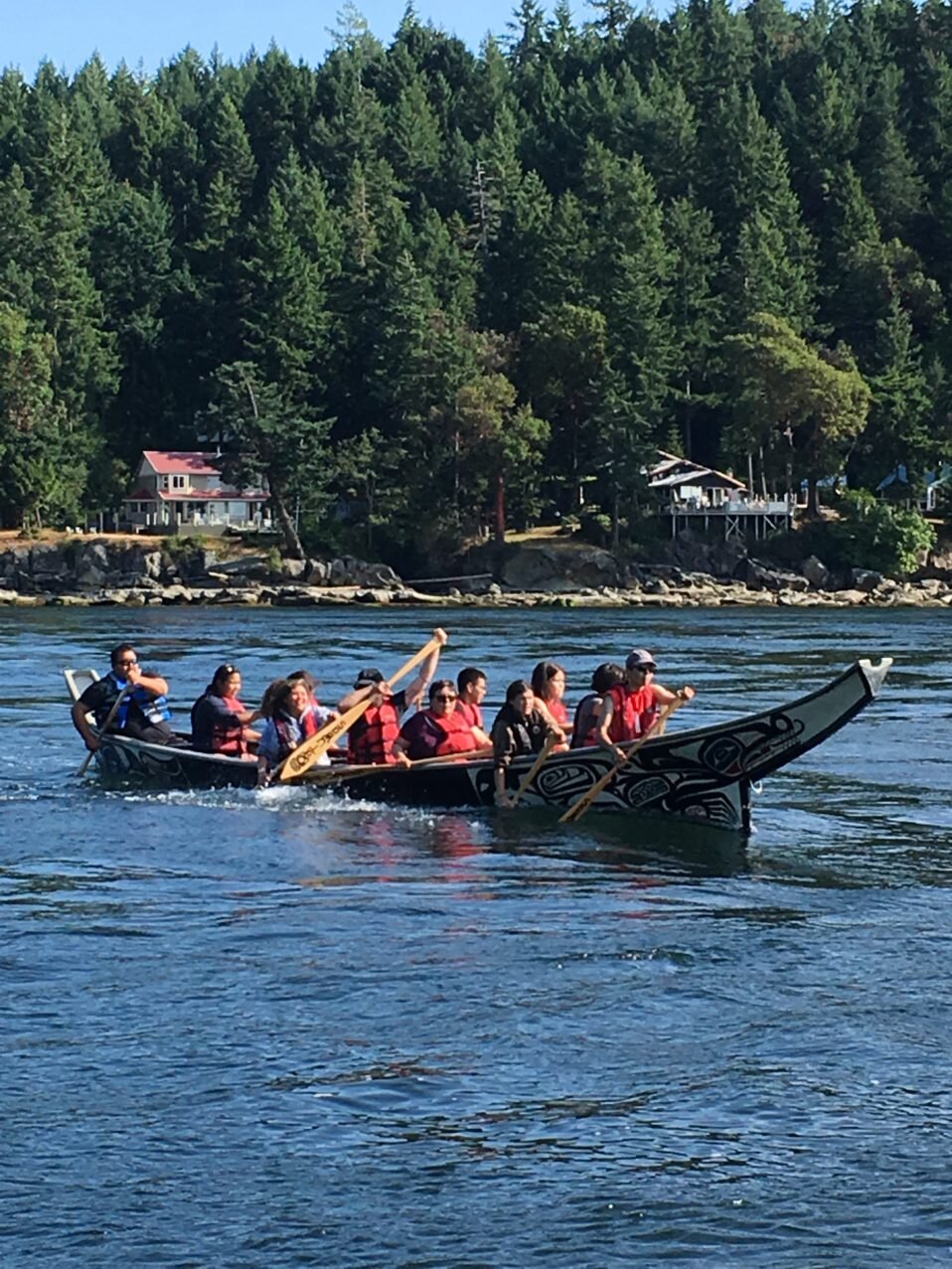
A Tool for Sharing Knowledge of Indigenous-Led Conservation
A publication called Staying the Course, Staying Alive—Coastal First Nations’ Fundamental Truths: Biodiversity, Stewardship and Sustainability offers a possible model that provides a structure and process that can be adapted and adopted whether you are salmon people or caribou people, mountain people or lowland forest people.
